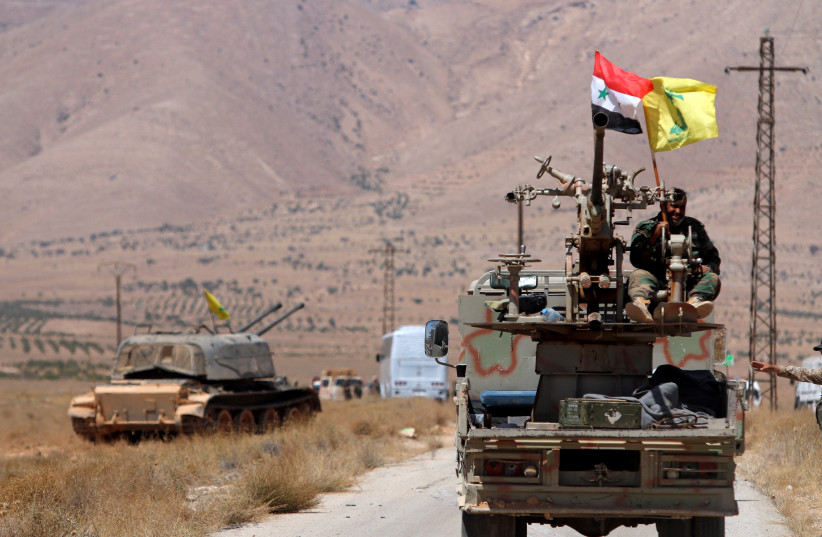Last week, several drones targeted the US garrison at Tanf, Syria, an area that is home to US-backed Syrian fighters. It is located near the Jordan-Iraq border in Syria’s desert.
Tanf is a forlorn outpost that was created during the Syrian Civil War to help support Syrian rebels engaged in the anti-ISIS mission. There are also civilians in the area. The Syrian regime and pro-Iran fighters have targeted Tanf many times in the past, usually using drones, including in the latest attack.
There are also civilians in this area. The Syrian regime and pro-Iran fighters have targeted Tanf many times in the past, usually using drones. The latest attack involved several drones.
Strike on US garrison hit medical clinic
According to a pro-Syrian rebel news report, the strike hit a medical clinic, though the report is difficult to confirm, although open-source intelligence sources geo-located one of the strikes. The US-led Coalition’s Combined Special Operations Joint Task Force said on Friday that “Syrian Free Army and Coalition Forces” had responded to multiple drone attacks. Three drones – “one-way unmanned aerial systems” – targeted the area, two of which were shot down. The third struck the garrison area.
The US-led coalition’s combined special operations joint task force put out a statement on January 20 saying that the “Syrian Free Army and Coalition Forces” had responded to multiple drone attacks. That statement said that three drones had targeted the area. Two of the drones, which they called “OWUAS” or “one-way unmanned aerial systems” were shot down. The third struck the garrison area.
“Attacks of this kind will not deter our ongoing operations in the mission to defeat ISIS,” a US spokesperson said.

"attacks of this kind will not deter our ongoing operations in the mission to defeat ISIS"
Captain Jonathan Ferror
Journalist Hussam Hammoud tweeted that an Iraqi militia “affiliated with Iran” had claimed responsibility. A statement by “Al-Warithin Brigade” said it was seeking to expel US forces from the region.
Most pro-Iran groups want US forces to leave, in part because they want to carve out an Iranian corridor of influence from Iraq via Syria to the Golan area and Lebanon. Iran already has numerous militias that it works within Al Bukamal in Syria on the Iraqi border, along the Middle Euphrates River Valley up to Deir ez-Zor and inland near Damascus, at the T-4 Air Base and other areas.
Why does this attack matter?
What matters in the wake of this attack is not necessarily which militia claimed responsibility, but rather Iran’s continuing attempts to use drones to target US forces in Syria.
Iran has increased its drone attacks in the last several years, and the US has responded several times. Iran has also used drones from Syria to threaten the US. The attack on Tanf is a reminder of this growing threat.
